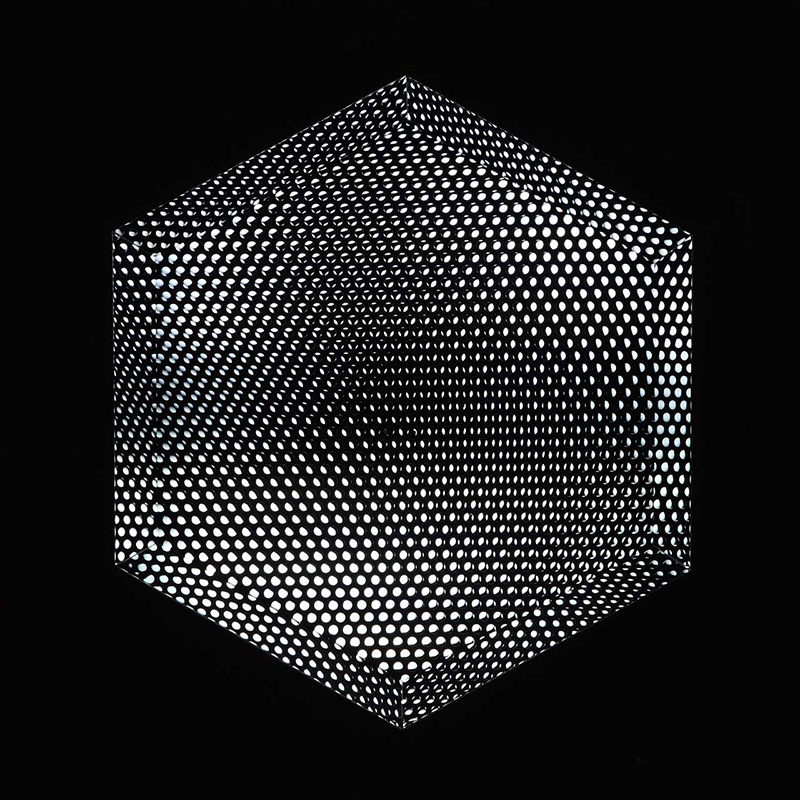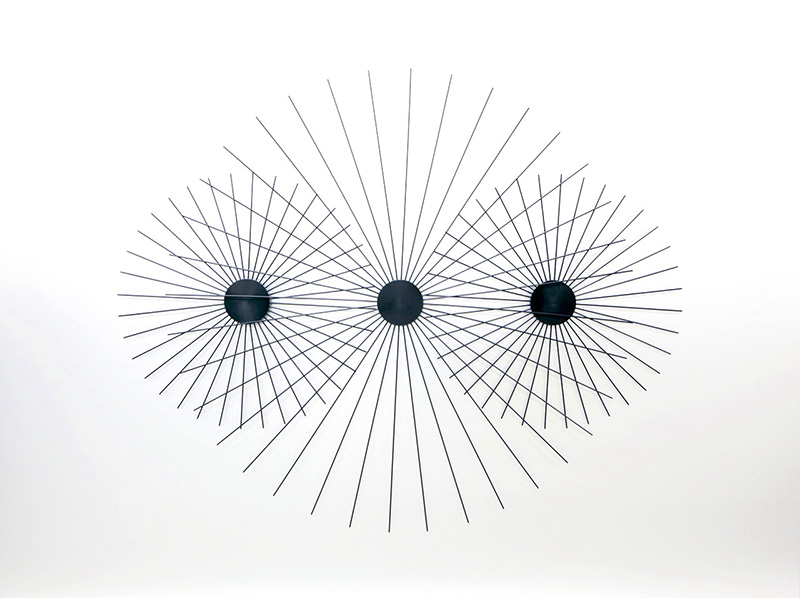ART-PREVIEW:Paris-Joël Stein and the GRAV
 The Groupe de Recherche d’Art Visuel (GRAV) that emerged in 1960 in Paris, joined the wave of movements seeking autonomy from art through a closer relationship between the artist and society. The peculiarity of GRAV is that its starting point was not only visual but sociological. This group is based on a series of experiments, research practices and collective activities to understand art as an artistic phenomenon that transcends the established system and finds in the common spectator its main character.
The Groupe de Recherche d’Art Visuel (GRAV) that emerged in 1960 in Paris, joined the wave of movements seeking autonomy from art through a closer relationship between the artist and society. The peculiarity of GRAV is that its starting point was not only visual but sociological. This group is based on a series of experiments, research practices and collective activities to understand art as an artistic phenomenon that transcends the established system and finds in the common spectator its main character.
By Efi Michalarou
Photo: Xippas Gallery Archive
The exhibition “Joël Stein and the GRAV” presents works by the GRAV artists that formed through their exploration by Joël Stein. GRAV formed by: Horacio Garcia-Rossi, Julio Le Parc, François Morellet, Francisco Sobrino, Joël Stein and Jean-Pierre Yvaral, who picked up on Victor Vasarely’s concept that the sole artist was outdated and which, according to its 1963 manifesto, appealed to the direct participation of the public with an influence on its behavior, notably through the use of interactive labyrinths. Since the first exhibition in their own workshop, to the many happenings’ made in the street, the GRAV demystified the role of the artist and the work always sought to break open the distance between art and the public. The light, movement and space-key elements for the development of kinetic art-were the basis for the perception of the first principle to generate this approach. After meeting François Morellet in 1956, Joël Stein adopted the principles of Abstraction through the systematic operations of repetition, progression, and permutation to affect at once form and colour. After GRAV had formed, Stein’s research veered in the direction of the well-defined group program. He superimposed grids and weaves and explored the moiré pattern. Similar to his colleagues at GRAV, and in step with the participatory utopia of the time, the artist quickly moved beyond the experimental field to invent forms that the spectators could interact with directly. Called to touch and manipulate, the spectator was now in contact with forms which he had to operate. The self-dissolution of GRAV at the end of 1968 went hand in hand with the assessment that the revolution the artists had sought had been accomplished. Stein went on to experiment with a laser and returned to his research on the chromatic interactions. The GRAV years weren’t just an enchanted parenthesis, but were also a moment in a career that was entirely driven by the unique insatiable curiosity regarding visual phenomena and the perceptible universe.
Info: Curator: Arnauld Pierre, Xippas Gallery, 108 rue Vieille du Temple, Paris, Duration: 26/11/16-21/1/17, Days & Hours: Tue-Fri 10:00-13:00 & 14:00-19:00, Sat 10:00-19:00, www.xippas.com



